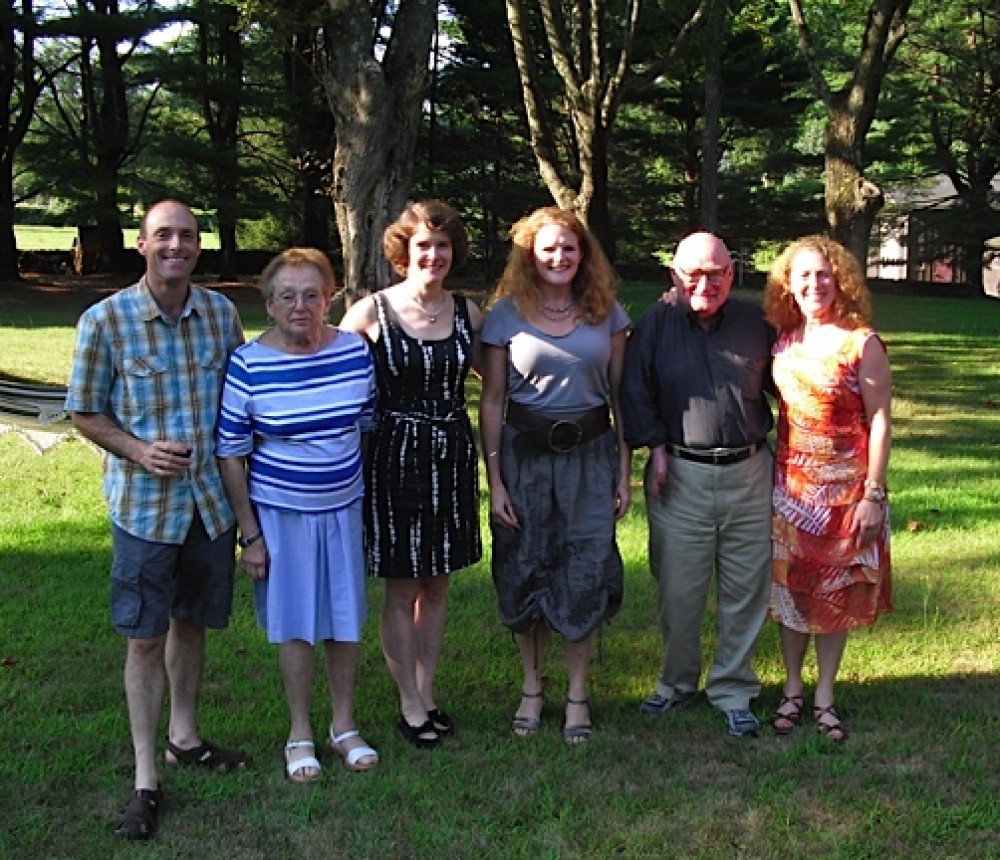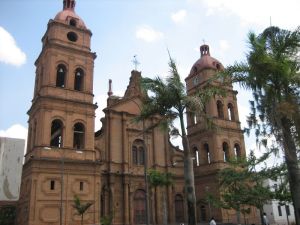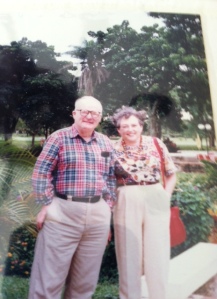In January 1970, my husband Martin was invited to counsel Peruvian and Bolivian farmers in poultry husbandry for the International Executives Service Corp. (IESC). He worked with William Hannan, an English farmer with poultry operations throughout Latin America. Hannan was the regional distributor for Highline Hatcheries and provided extension services in poultry raising for his clients. Although provisions were made for me to accompany my husband, my children were quite young and it was difficult to have someone stay with them for about two months, the length of the assignment. I was able to join Marty for ten, exciting days.
On one memorable occasion, six of us were scheduled to visit farmers, in LaJungus, the jungle, in the most southernly region of Bolivia. Our group included Hannan, Kevin McCauliffe, a former Peace Corp Volunteer and assistant to Hannan, Dr. Tao, the veterinarian, Carlos, our driver, Marty and me. We had flown from Lima, Peru, to LaPaz the night before, and began our trip to LaJungus, at daybreak, in an International, double cab pickup truck. LaPaz nests among mountains with the highest elevations in Bolivia, (13,500ft.) and it is common for travelers to get “sirochi” or altitude sickness in that area. While the hotel provided oxygen to help the guests cope with sirochi, there was none available in the car and we were all affected in some way, with either headache, nausea, or vomiting. As the only woman in the group, I experienced “sirochi” in a way no man could. I got my period, completely off schedule and was hemorrhaging, profusely. I had anticipated traveling through areas with extreme climates in the course of one day. When we left LaPaz, it was quite cold, and I wore a black quilted raincoat over white silk pants, and kept the raincoat on for a good part of the day, even when we were in warm areas. I was determined not to let my discomfort and embarrassment prevent me from enjoying the culture and scenery observed.
Herds of llama and alpaca grazed throughout the Andes. We saw trucks carrying crates of bananas from the tropics. The workers, people of all ages and possibly from the same family, sat on top of the crates. On the way back we noticed trucks carrying supplies to the jungle, with the workers, again, perched on top of the cargo. We stopped at a mountain village and saw people squatting close together, chewing on cocoa leaves and drinking cocoa tea. The cocaine in the cocoa numbed the peoples’ senses making them both immune to the cold and to pangs of hunger. I tried the cocoa tea but it didn’t seem to have any effect on me.
The Andes are known for avalanches. Think of any mountain pass and imagine any of these passes with shear drops and no guard rails or warnings. This is what we encountered on our route to LaJungus. We got out of the truck and walked around. My husband who is not phlegmatic by nature, was exceptionally calm; while I was wondering if I would ever see my children again. Out of nowhere, people appeared with shovels, and dug our truck out of the avalanche. Carlos, our driver, took off his coat , climbed into the cab of the truck and announced that we were “Ready for Oction”. We all climbed into our seats and were on our way to LaJungus.
It was hot in the jungle of LaJungus and I was still wearing my black raincoat. We tried to locate the party who would meet us and learned that he was in Caroica, several miles away. While we were having lunch we met a young Diocenes priest from the U.S., dressed in hiking boots, jeans and a plaid shirt. After hearing about our escapades, he casually remarked “Oh, we lose a few each month over those mountains.” It was still early in the day and we decided that if we got some rest we could make it to Caroica that afternoon. The five guys and I entered a hotel, and Marty told the desk clerk that the “Senora would like a room.” I wished the floor would open up and swallow me. We did get three rooms though, and Marty and I were able to shower and nap.
Caroica is a town in the mountains, known for coffee production, and the aroma of the roasting coffee embraced the entire community. Our hotel was previously a school or a monastery. Again, we were in a climate with cool weather. I was in long pants, shoes and socks and a beautiful handknit alpacca poncho. The women in Caroica, wore Derby hats, full skirts and were barefoot as they carried their babies in blankets on their backs. To this day, when I smell roasting coffee, I’m reminded of Caroica.


